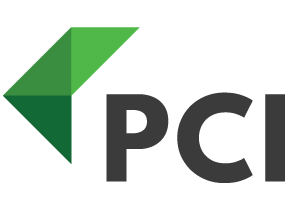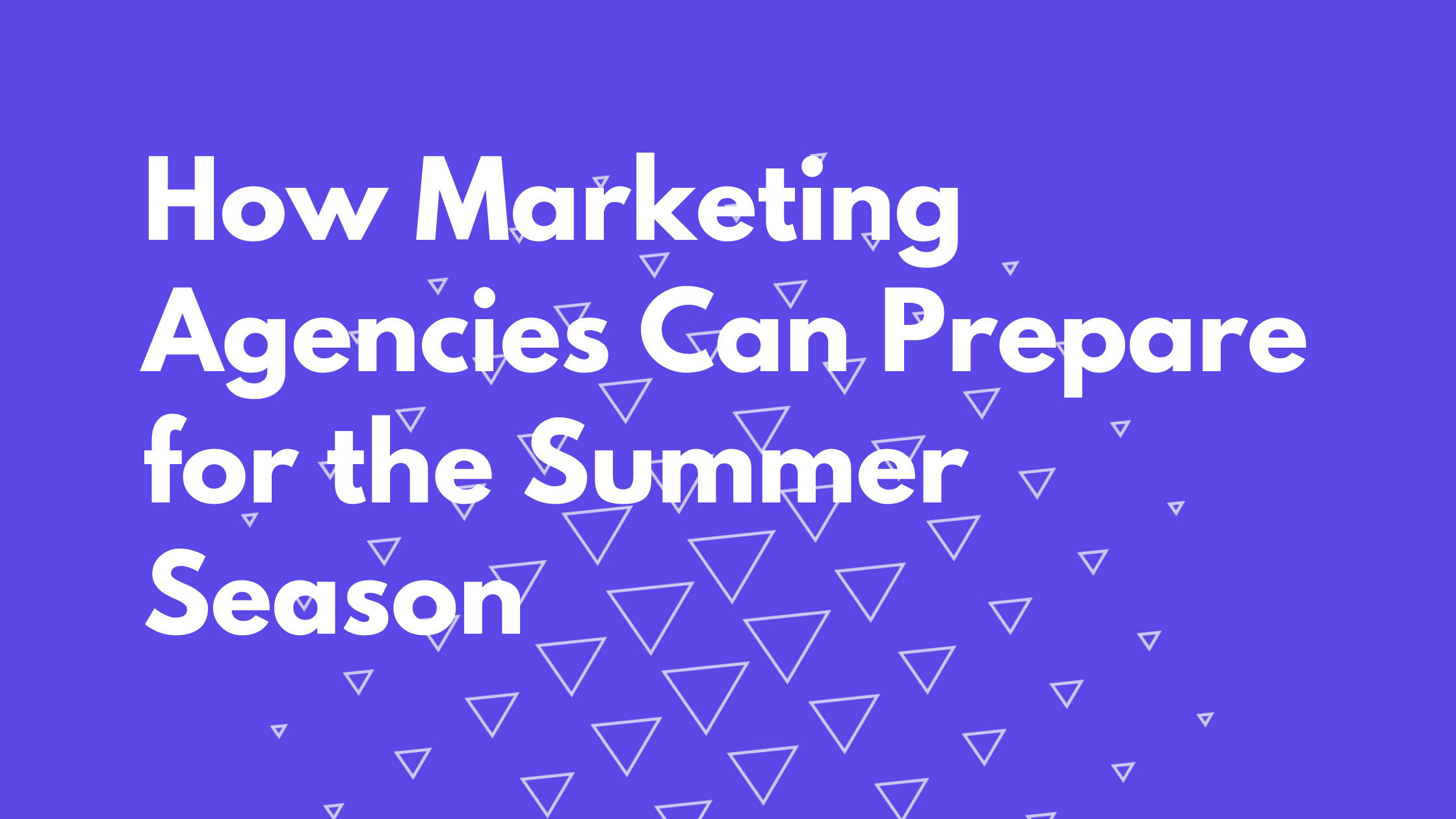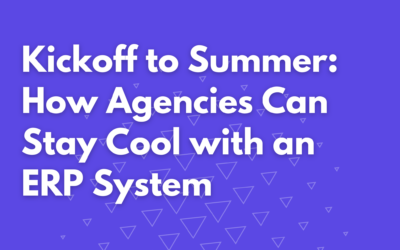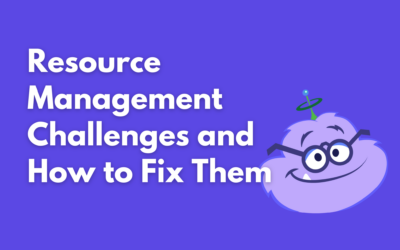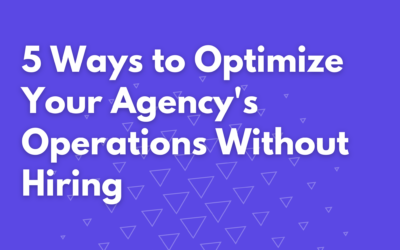Summer is a unique time of year that brings both opportunities and challenges for marketing agencies. As the world transitions into warmer weather and longer days, consumer behaviors shift, and seasonal trends emerge. For marketing and PR agencies, this means adapting strategies to stay relevant and capitalize on the summer vibe.
In this blog post, we’ll explore how marketing agencies can prepare for the summer season, ensuring their campaigns are effective, engaging, and timely.
1. Analyze Seasonal Trends
Understanding seasonal trends is the first step in preparing for the summer. Conduct a thorough analysis of past summer campaigns to identify what worked and what didn’t. Look at industry reports and consumer behavior studies to gain insights into emerging trends.
Key Areas to Focus On:
- Product Categories: Determine which products or services see increased demand during summer months.
- Consumer Behavior: Understand how your target audience’s behavior changes with the season. Are they spending more time outdoors? Are they traveling more?
- Content Preferences: Identify the type of content that resonates with your audience during summer—such as travel guides, outdoor activities, or summer fashion tips.
2. Develop a Summer-Specific Content Calendar
Once you’ve analyzed the trends, it’s time to develop a content calendar tailored to the summer season. This calendar should outline key dates, holidays, and events relevant to your audience. Plan your content around these dates to ensure timely and relevant messaging.
Tips for Your Summer Content Calendar:
- Incorporate Holidays and Events: Memorial Day, Fourth of July, and Labor Day are significant holidays that can be leveraged for special promotions and themed content.
- Highlight Seasonal Activities: Create content that aligns with popular summer activities like beach outings, barbecues, and road trips.
- Plan for Slow Periods: Anticipate slower periods and plan campaigns that can maintain engagement, such as interactive social media posts or email newsletters.
3. Refresh Your Visuals
Summer is synonymous with vibrant colors, sunshine, and outdoor fun. Refresh your visuals to reflect the season and evoke a sense of warmth and excitement. This includes updating your website banners, social media graphics, and ad creatives.
Visual Refresh Checklist:
- Bright and Bold Colors: Use colors that capture the essence of summer, such as bright yellows, blues, and greens.
- Seasonal Imagery: Incorporate images of summer activities, landscapes, and attire.
- Consistent Theme: Ensure that all visuals across different platforms maintain a consistent summer theme for cohesive branding.
4. Optimize for Mobile
During the summer months, people are more likely to be on the go, accessing content from their mobile devices. Ensure that your website, emails, and advertisements are fully optimized for mobile to provide a seamless user experience.
Mobile Optimization Tips:
- Responsive Design: Ensure your website is mobile-friendly with a responsive design that adapts to different screen sizes.
- Speed Matters: Optimize images and reduce loading times to keep mobile users engaged.
- Simplified Navigation: Make it easy for users to find what they need with intuitive and simplified navigation.
5. Leverage Influencer Partnerships
Influencer marketing can be particularly effective during the summer when people are looking for inspiration for their vacations, activities, and purchases. Partner with influencers who align with your brand and have a strong summer-focused presence.
Steps for Effective Influencer Partnerships:
- Identify Relevant Influencers: Look for influencers whose content resonates with your target audience and fits the summer theme.
- Collaborate on Creative Campaigns: Work with influencers to create engaging and authentic content that highlights your products or services.
- Track Performance: Monitor the performance of influencer campaigns to measure ROI and make data-driven decisions.
6. Plan for Flexibility
Summer can be unpredictable, with sudden changes in weather, travel plans, and consumer behavior. Plan for flexibility in your campaigns to quickly adapt to any changes.
Strategies for Flexibility:
- Real-Time Monitoring: Keep a close eye on campaign performance and be ready to pivot based on real-time data.
- Backup Plans: Have backup content and promotions ready to go in case of unexpected changes.
- Agile Mindset: Foster an agile mindset within your team to encourage quick decision-making and adaptability.
7. Host Summer Events
Hosting or sponsoring summer events can create buzz and engage your audience in a memorable way. Whether it’s a virtual event, a local community gathering, or a pop-up shop, events provide an opportunity for direct interaction with your audience.
Event Ideas:
- Virtual Webinars: Host webinars focused on summer-related topics that interest your audience.
- Community Engagement: Sponsor local summer festivals or community events to increase brand visibility.
- Pop-Up Shops: Set up pop-up shops in popular summer destinations to reach new audiences.
Conclusion
Preparing for the summer season requires a strategic approach that leverages seasonal trends, engaging content, and adaptable strategies. By analyzing past performance, refreshing visuals, optimizing for mobile, leveraging influencer partnerships, planning for flexibility, and hosting events, marketing and PR agencies can ensure their campaigns resonate with their audience and drive success throughout the summer months.
Embrace the summer spirit, get creative, and watch your campaigns shine under the sun!
